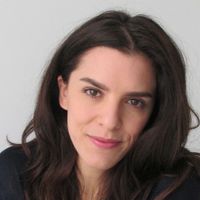Tulip Is the New Natural Beauty Ingredient—That Works
I went to Holland to prove it.
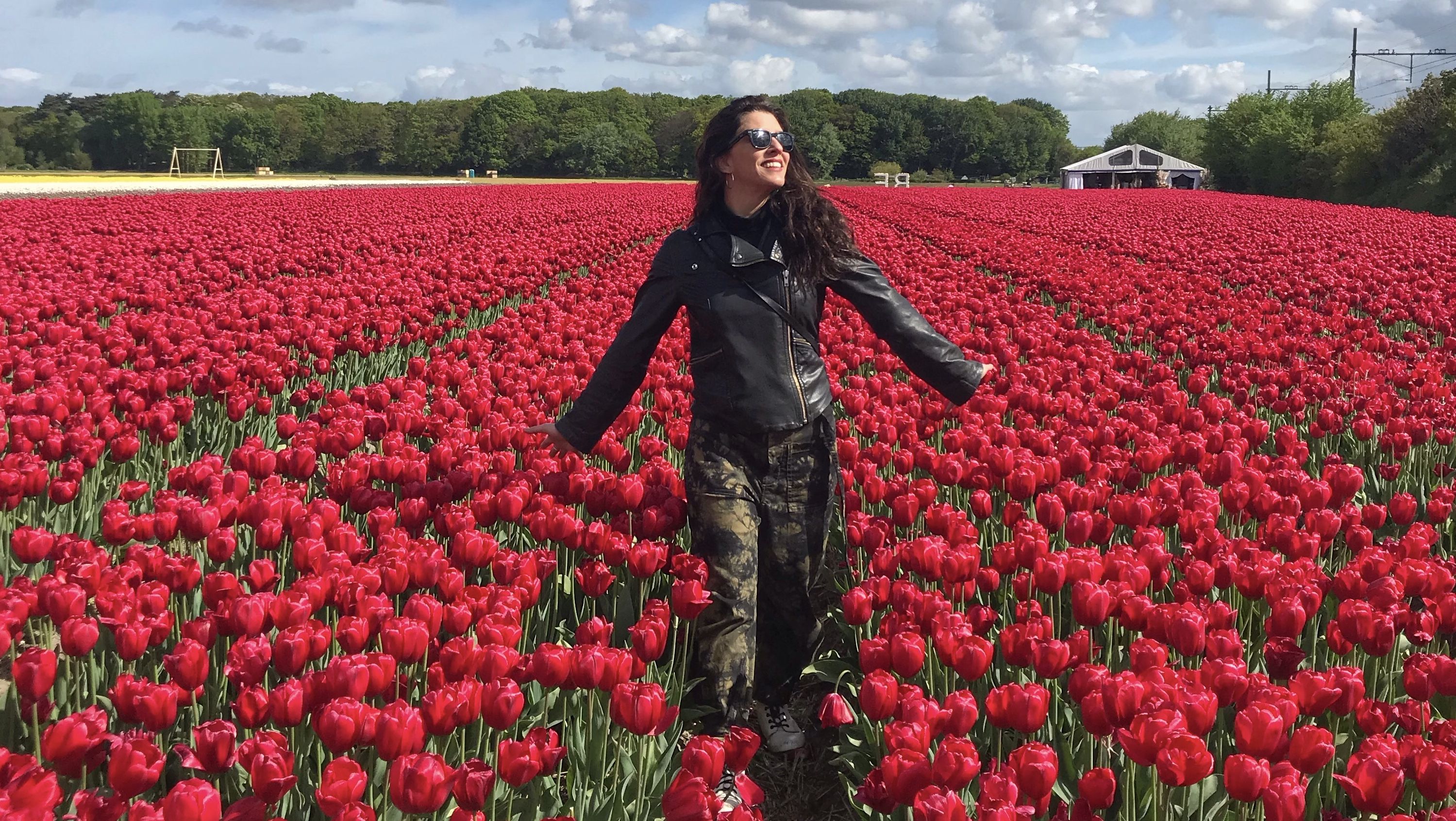
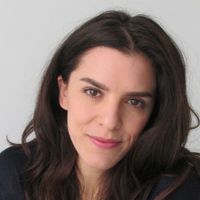
The Dutch began importing tulip bulbs from the Ottoman Empire in the 1500s, but most people forget that bit of history. Today, the blossoms are synonymous with the country that proudly claims to be “the world’s flower shop.” So when I heard a rumor that tulips might be the beauty industry’s next buzzy ingredient, I knew exactly where to do my research.
In spring, Holland is storybook cute. The skies are blue, the fields are green and dotted with windmills (freaking windmills!), and plots of monochromatic tulips burst into bloom, turning the countryside into a rainbow quilt. For the most concentrated dose of color, there’s no better spot than the Keukenhof garden—and there’s no better guide than Hein van Haaster, a fourth-generation bulb grower and exporter.
Blond and cheerful, van Haaster is brimming with tulip trivia. Did you know there are more than 3,000 varieties? And that they all continue to grow after they’re cut? (A vase of evenly trimmed tulips looks floppy the next day because the stems are no longer the same length.) Did you know that some bulbs are edible? And that a rare one sold for the cost of a house in 1637? Van Haaster knows all that. But it took a chance meeting with an Aussie beauty executive on a dance floor in Ibiza to eventually discover this: Tulips have beautifying powers too.
Shop The Bloomeffects Line

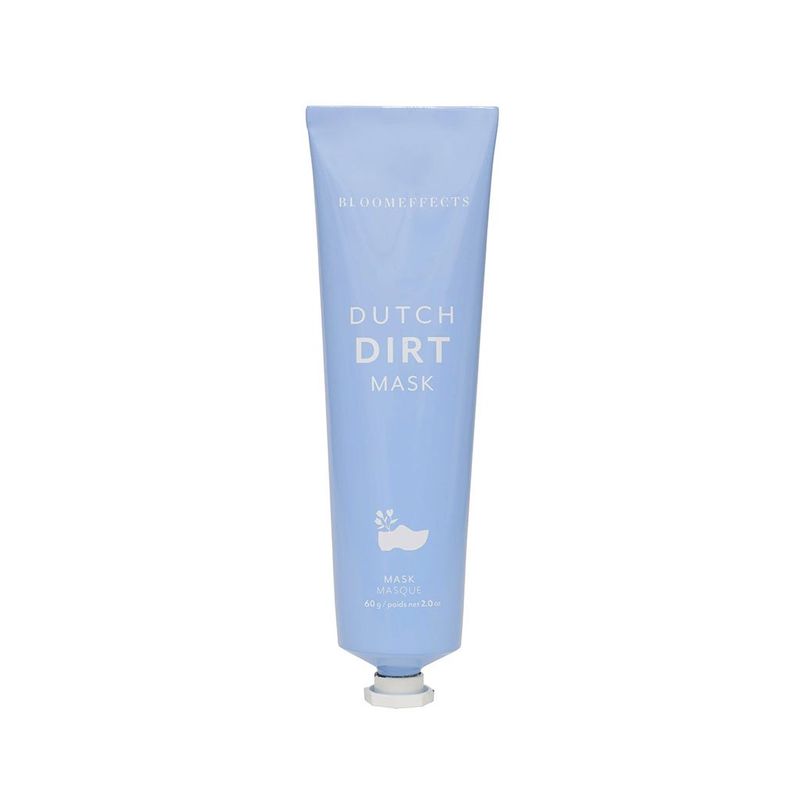
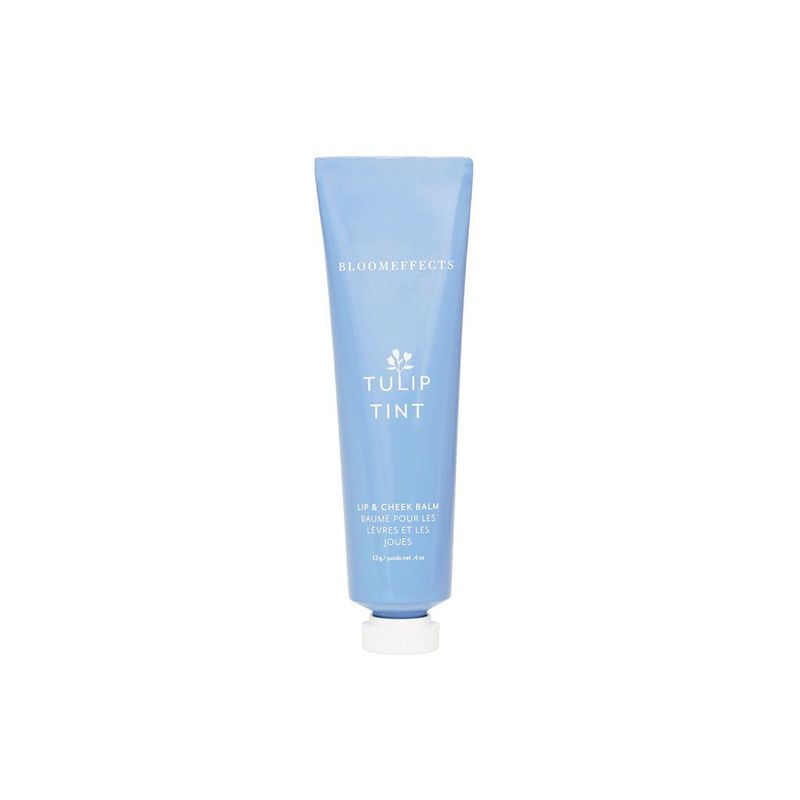

The Aussie was Kim Jensen, and she and van Haaster have since become a couple.
In 2017, when they moved in together in Amsterdam, Jensen was developing a new beauty line, and her beau suggested she consider his family’s famous flowers as a potential ingredient. She initially brushed off the idea. “It was too perfect,” she says. “Like, what are the chances? They’re beautiful! Colorful! No one has used them in beauty products yet. And I’m living in the Netherlands, dating a guy with generations of connections in the tulip world?” It was worth investigating.
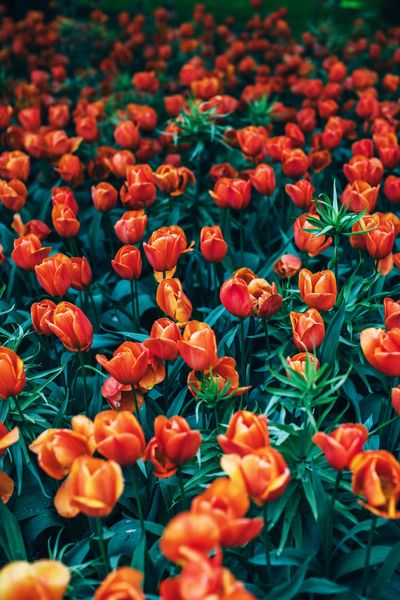
With the help of a Dutch government grant, Jensen and her business partner, Monica Aurigemma, funded a study. Lo and behold, tulip extract is pretty fabulous for your complexion. The reason the flowers keep growing after they’re snipped is an abundance of auxin, a plant hormone that promotes cellular growth and helps with collagen production. The duo worked with a cosmetics lab to extract all that goodness and whip it into a complex of amino acids, antioxidants, and humectants that became the basis for their line, Bloomeffects.
After I tour Keukenhof with van Haaster, we drive to one of his family’s fields for a party celebrating the launch of the company. There, Jensen and I discuss the brand’s first four products: a cleanser; a lip and cheek tint; Dutch Dirt Mask, which exfoliates with a dose of the country’s mineral-rich soil; and a personal favorite for my sensitive skin, Royal Tulip Nectar, a jelly-like hydrating balm with skin-healing powers.
Before I can tell Jensen how much I like the nectar, van Haaster beckons her to the front of the gathered crowd. He’s standing with his father and grandfather next to a vase of purple tulips.
A post shared by Kim van Haaster (@kimmivanhaaster)
A photo posted by on
It’s a new flower the family has been breeding for a few years, and it’s finally ready to be christened. As of 2019, this cultivar of Tulipa generasia will officially be called Bloomeffects. Champagne corks pop, the couple kisses, and awws ensue. How’s that for a storybook beginning?
Get exclusive access to fashion and beauty trends, hot-off-the-press celebrity news, and more.
This story appeared in the September 2019 issue of Marie Claire.
RELATED STORY

Jennifer Goldstein is the former beauty & health director of Marie Claire and co-host of the award-winning beauty podcast Fat Mascara. In her quest to uncover the world's beauty secrets, she’s gotten tattooed in New Zealand, dug up turmeric in India, harvested shea nuts in Ghana, and squeezed enzyme-rich eggs from salmon in Norway. She can pluck eyebrows like a pro and has read the FDA monograph on sunscreen labeling and effectiveness—but she still can’t get liquid eyeliner to look the same on both eyes.
